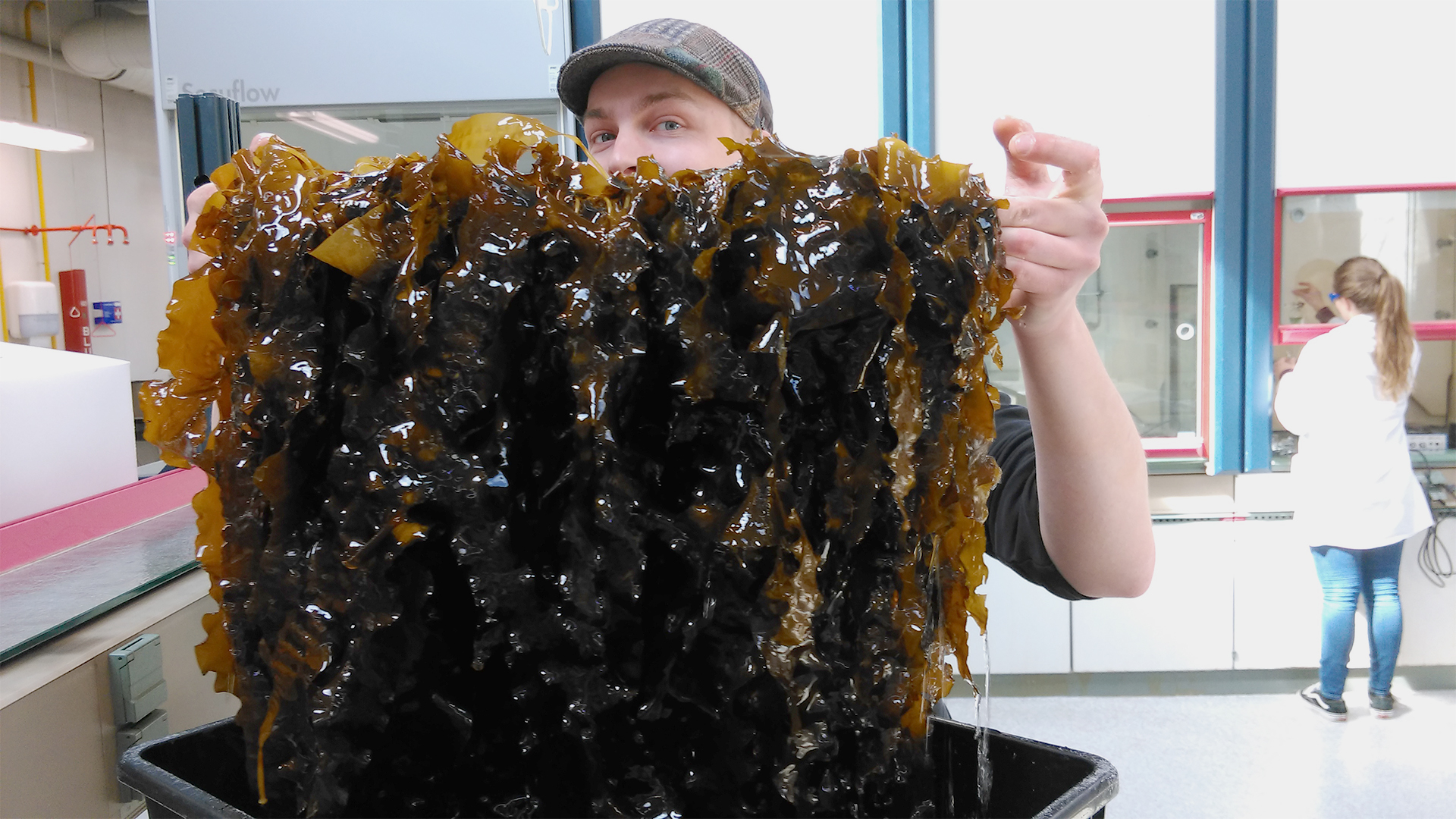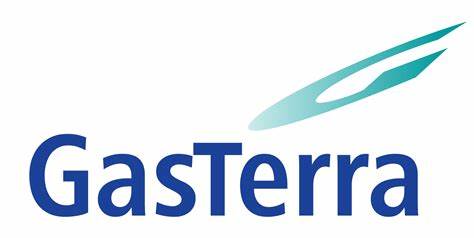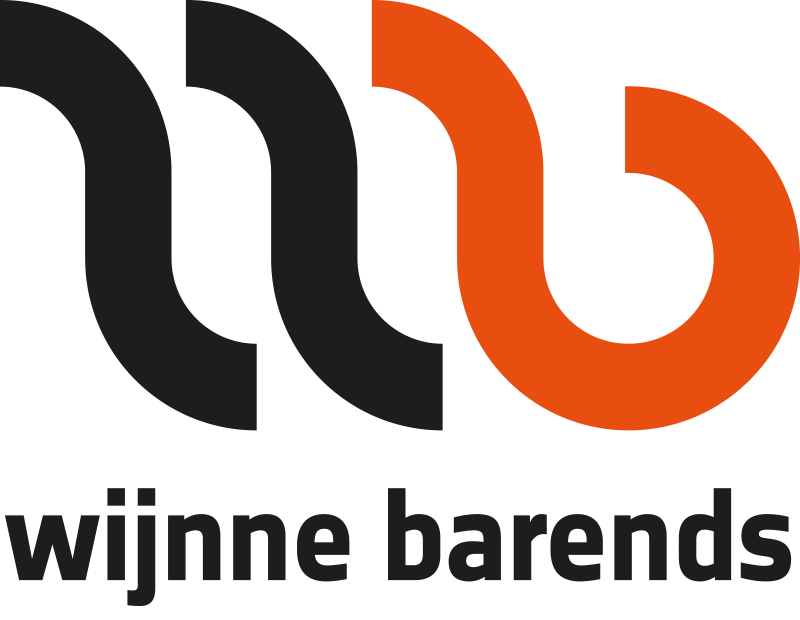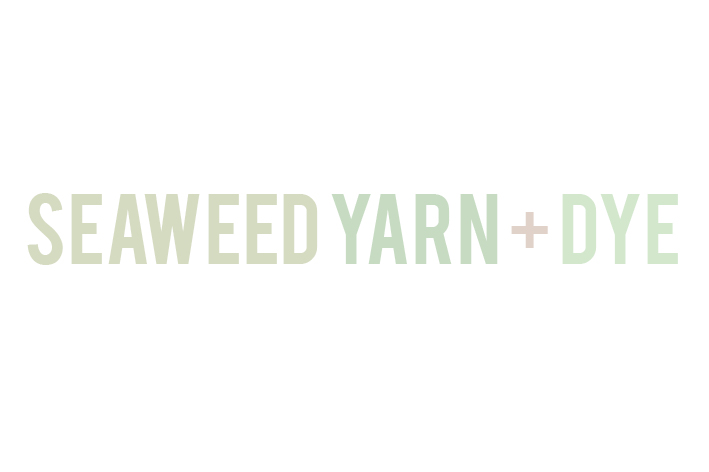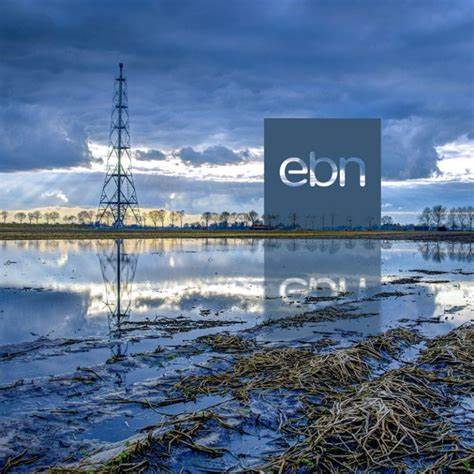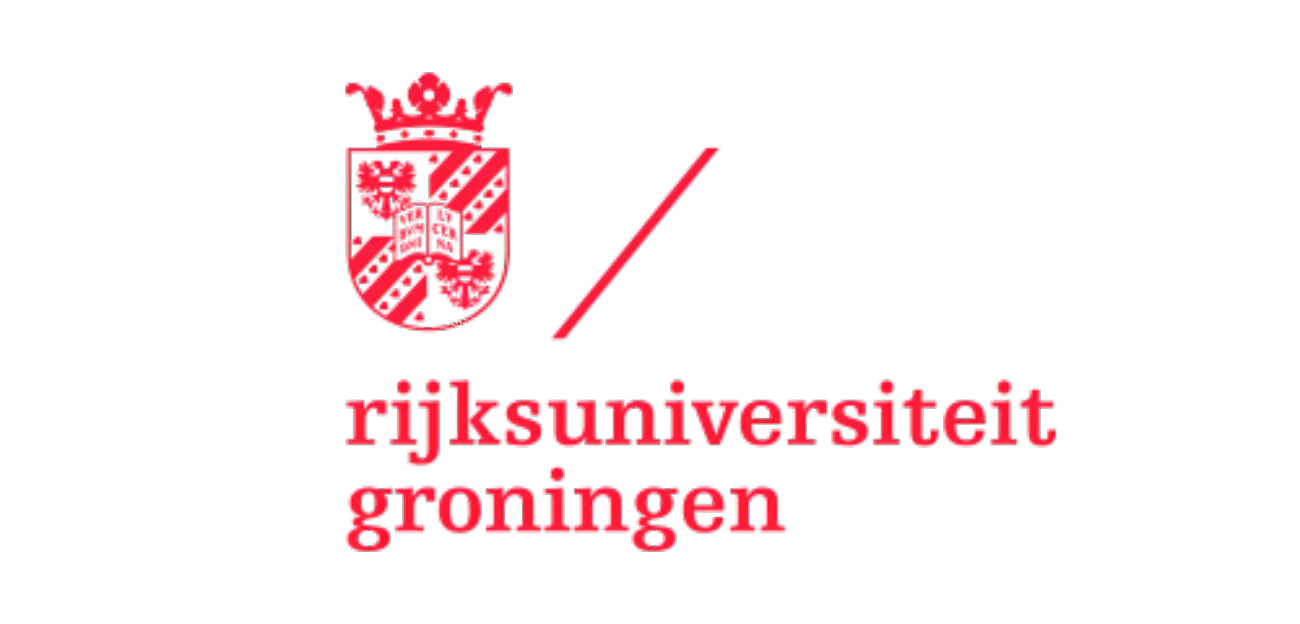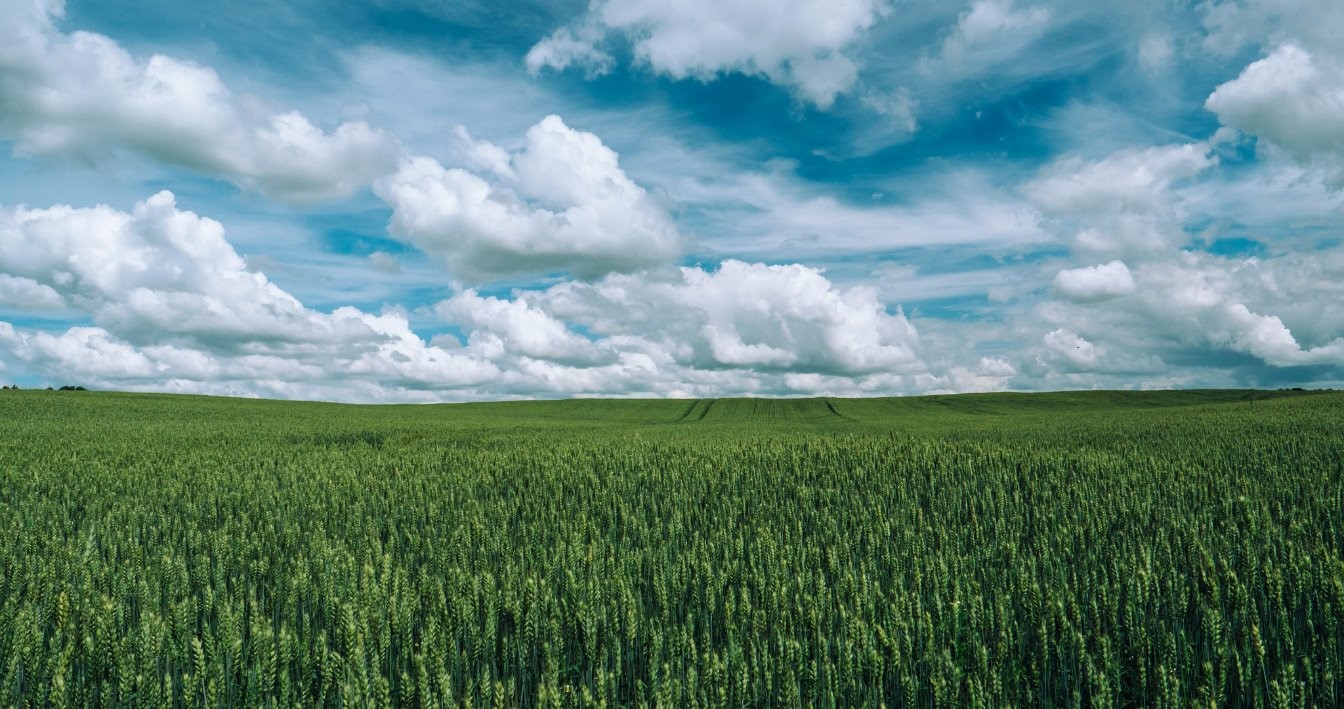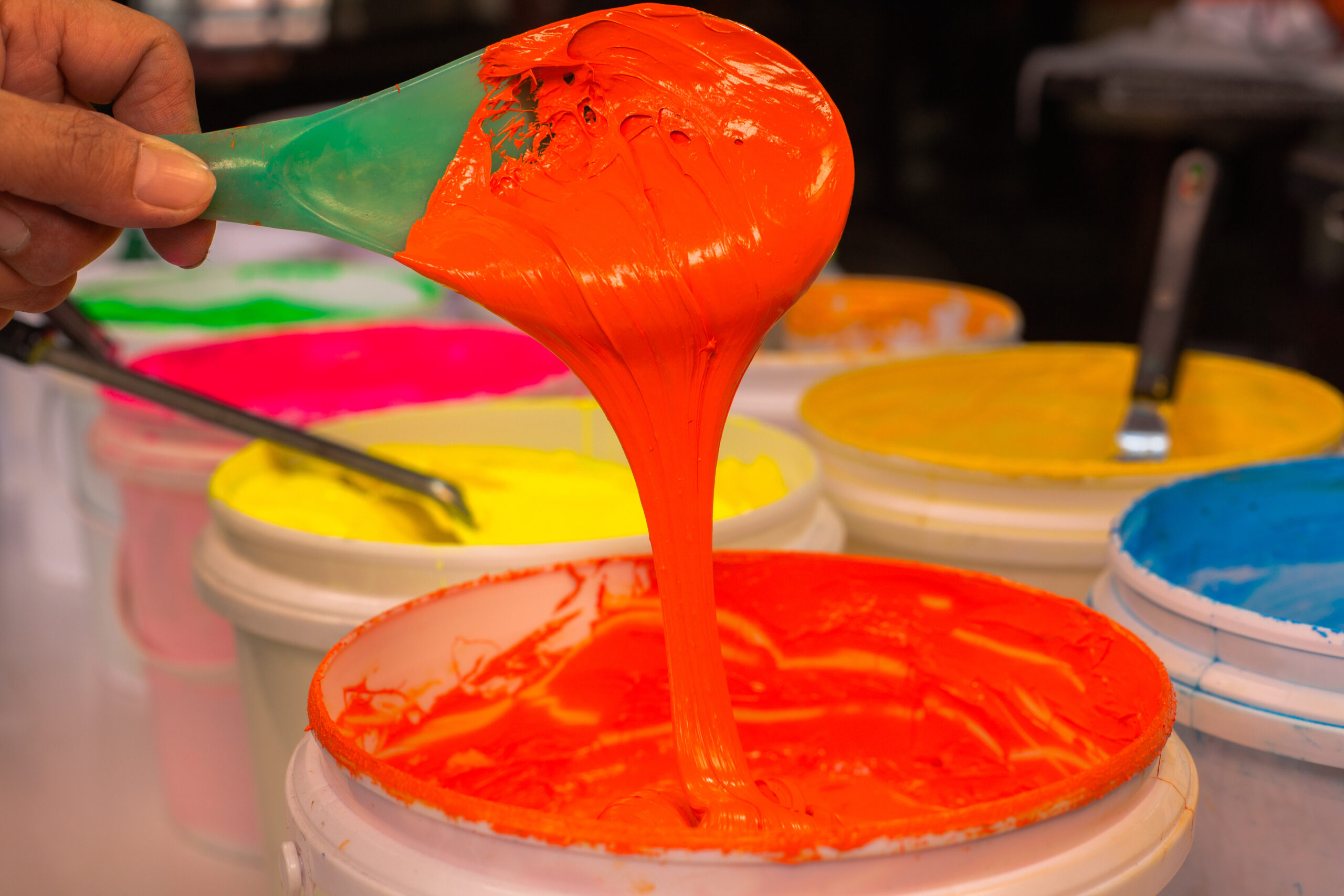We have known since the 1950s that plant sterols are good for the human body. You don’t have to look beyond your carton of butter to find phrases like, “Natural power of plant sterols lowers cholesterol!” Like plants, seaweeds also make plant sterols. However, seaweed produce plant sterols that often have special structural features, which can lead to remarkable bioactive effects, including disease fighting. The special nature of seaweed sterols is partly due to the fact that seaweed is immobile, but has a highly variable living environment. The seaweed must therefore be able to chemically adapt to the environment.
Harvest later
We exploit the latter at the Marine Biobased Specialties (MBBS) research group: by expressly stimulating seaweed with high or low light intensities, temperatures or nutrients and then analyzing the effect on the plant sterols, we can find culture conditions in which the production of sterols is higher than normal. For example, this research provides us with insight into the biochemistry of seaweed and gives the seaweed farmer insight into the cultivation conditions under which valuable substances such as sterols are produced in larger amounts.
“For example, we have found that when you grow sugar kelp (a commercially important kelp species) under low nutrients and high light, the sterol content more than doubles,” says project leader Dylan de Jong. “For the seaweed farmer, this means that postponing the harvest until a little later in the summer, where these conditions apply, will result in a higher yield of these valuable substances.”
Further research
Obviously, this is only one aspect of the total understanding and use of seaweed sterols. For example, there are different culture conditions to stimulate and it is also important for the commercial translation, for example, to understand how extraction and processing techniques influence the sterol content. The MBBS professorship translates these questions into research that we focus on now and in the future.
There has been a publication about ‘Effects of nutrient availability and light intensity on the sterol content of Saccharina latissima’
This project is supported by TKI BBE

September 2018 until December 2019




